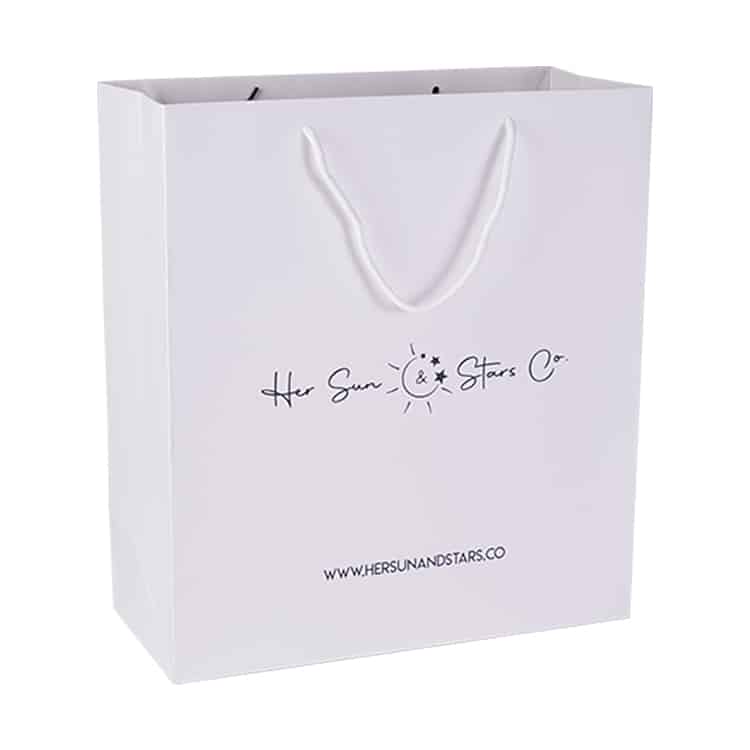1. Light-degradable plastics
Photodegradable plastics generally refer to plastics that cause photochemical reactions to break and decompose macromolecular chains under the irradiation of light (ultraviolet light).
Photodegradable plastics can be divided into two types: additive type and synthetic type.
The additive type is to add a photosensitizer to the polymer material. The photosensitizer generates free radicals after absorbing light energy, which promotes the oxidation of the polymer material and then causes the polymer molecular chain to break and cause it to degrade.
The degradation formula introduces photosensitive groups (such as carboxyl groups, double bonds, etc.) into the photodegradation characteristics of the excipient material in the polymer structure.
Commonly used photosensitizers include transition metal complexes, stearates, iron N,N-dibutyl dithiocarbamate, etc. The dosage is about 1% to 3% (mass).
Synthetic photodegradable plastics are given photodegradation characteristics by introducing photosensitive groups such as carboxyl groups into the polymer backbone of the plastic through copolymerization, and the photodegradation activity can be controlled by adjusting the content of photosensitive groups. It is now known that carbon monoxide or ketenes are used as photosensitive monomers to copolymerize with olefin monomers to synthesize light-degradable polymers such as polyethylene (PE), polypropylene (PP), polyvinyl chloride (PVC), etc. containing a bi-group structure.
Photodegradable plastics can only be degraded under light, which is greatly restricted by climatic environment and geographical factors. If the buried part cannot be degraded and the price is high, it is difficult to widely promote the use of photodegradable plastics.
2. Biodegradable plastics
Biodegradation can well solve the problem that the buried part cannot be degraded.
At present, the biodegradable materials researched and developed include natural polymer materials, microbial synthetic polymer materials, synthetic polymer materials and blending polymer (additive) materials.
Natural polymer type is a biodegradable material prepared from natural polymer materials such as starch, cellulose, chitin, and protein.
It is characterized by convenient storage and transportation, as long as it is kept dry, does not need to be protected from light, and has a wide range of applications. It can not only be used for agricultural mulch film and packaging bags, but also widely used in the field of medicine.
Biosynthetic completely biodegradable plastics are macromolecular compounds synthesized by microorganisms using certain organic matter as food sources through life activities.
Biodegradable plastics obtained by microbial synthesis are mostly polyhydroxyalkanoates (PHA), among which the most common are poly-3-hydroxybutyrate (PHB), polyhydroxyvalerate (PHV), PHB and PHV The copolymer PHBV).
Most of the biodegradable plastics synthesized by chemical synthesis are introduced into the molecular structure of aliphatic polyesters containing ester-based structures that can be degraded by microorganisms. At present, the representative products are polycaprolactone (PCL) and polybutylene succinate. Alcohol ester (PBS), polylactic acid (PLA), as well as the most researched carbon dioxide-based biodegradable plastics in China recently.
In addition, according to the degradation method, biodegradation can be divided into:
(1) Biophysical degradation method: When microorganisms attack and erode polymer materials, the growth of biological cells causes the polymer components to hydrolyze, ionize or protonate and split into oligomers. Fragments, the molecular structure of the polymer remains unchanged, which is a degradation process caused by the biophysical action of the polymer.
(2) Biochemical degradation method: Due to the direct action of microorganisms or enzymes, the polymer is decomposed or oxidized and degraded into small molecules until it is finally decomposed into carbon dioxide and water. This degradation method is a biochemical degradation method. The same biodegradable plastics also have higher prices.
3. Light-biodegradable plastic
Light-biodegradable plastics have the dual degradability of light and biology.
It is one of the main development directions of degradable plastics in the world.
Tests have shown that photo-biodegradable plastics can be completely decomposed in the environment within a specific period of time (usually 9 months to 5 years).
However, due to the high cost of synthetic photodegradable plastics, there is less research. At present, most researches are on blended photo-biodegradable plastics.
4. Stone paper
Stone paper is a new type of material made of calcium carbonate grinding powder, high molecular polymer and glue as raw materials.
In a broad sense, stone paper is also a photo-biodegradable material. Stone paper can not only replace traditional plant fiber paper and professional paper, but also replace most of the traditional plastic films, and has the characteristics of low cost and controllable degradation, which can save a lot of costs for users without Produce pollution.
From the perspective of replacing plastic packaging, it can save a lot of petroleum resources for the country, the product can be degraded after use, and will not cause secondary white pollution. In addition, stone paper is also non-flammable compared with the several degradable plastics that have been made above. It can be written and printed in the office. It is suitable for most printing methods, including offset printing (offset printing, offset printing), gravure printing, and letterpress printing. Printing, screen printing, rotary printing, etc.
The most important is that it can be produced in large quantities at present, which is an ideal new material for the production of non-plastic environmentally friendly shopping bags.
Of course, stone paper also has some shortcomings: because it contains a large amount of calcium carbonate, it is opaque, and the hardness is too large, which leads to poor buckling resistance and so on.



